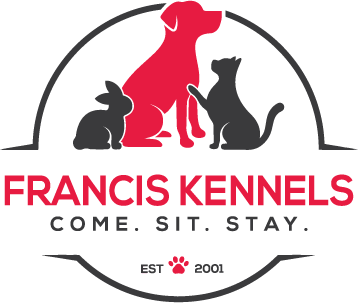Emilee Brewer
Humans have bred dogs for thousands of years. We’ve bred them for a number of reasons like hunting, guarding, and herding. Humans carefully selected specific traits and characteristics best suited for the task at hand. According to the AKC, there are several different groups a dog can belong to: sporting, hound, working, terrier, toy, non-sporting, herding, and even a miscellaneous group. Today we will look at the sporting, hound, and working groups.
Sporting dogs are active and alert. They were first bred to work alongside hunters to help locate and retrieve game. In the sporting group are spaniels, pointers, retrievers, and setters. These breeds enjoy hunting and have excellent instincts in the woods and water. Most of them even have water-repellant coats! These sporty dogs do require a lot of regular exercise so be prepared for lots of moving and grooving if you adopt one of these pups.
The next grouping of dogs is the hounds. Much like their sporting counterparts, these guys were also used for hunting. They have an acute sense of smell to help them follow an animal’s trail. Hounds encompass quite a large number of different dogs. From coonhounds to beagles to borzoi, this is one of the largest groups of breeds. They’re quite diverse! As a warning, listen to these dogs howl before deciding to adopt one. They’re a majestic lot, but they make a lot of noise and will back-talk you. Be ready to have a mouthy toddler if you get a hound!
Finally, working dogs. These guys are some smart cookies. They’re alert and watchful and certainly strong-willed. Working dogs perform several tasks like guarding property, rescue missions, pulling sleds, being little menaces. I’m kidding, but they can get incredibly destructive and grumpy if they aren’t given a task to perform. These dogs typically require a lot more attention and responsibility, so they may not be the best choice for first-time dog owners. Falling in this category are the Bernese mountain dog, Siberian husky, Alaskan malamute, and even the great dane.
When choosing a dog, it’s important to do some research on the breed beforehand. All these dogs plus the ones we’ll go over next week have their own unique needs. And even still, just because a dog is a hound or a working dog, doesn’t mean they’re going to perfectly match that “breed standard”. Great Danes may fall under the working dog class, but I know some incredibly lazy Danes. They don’t need a job and quite frankly, they don’t want one. Each dog is special in their needs and wants, so it’s also important to do a meet and greet or even fostering before officially bringing them home!


